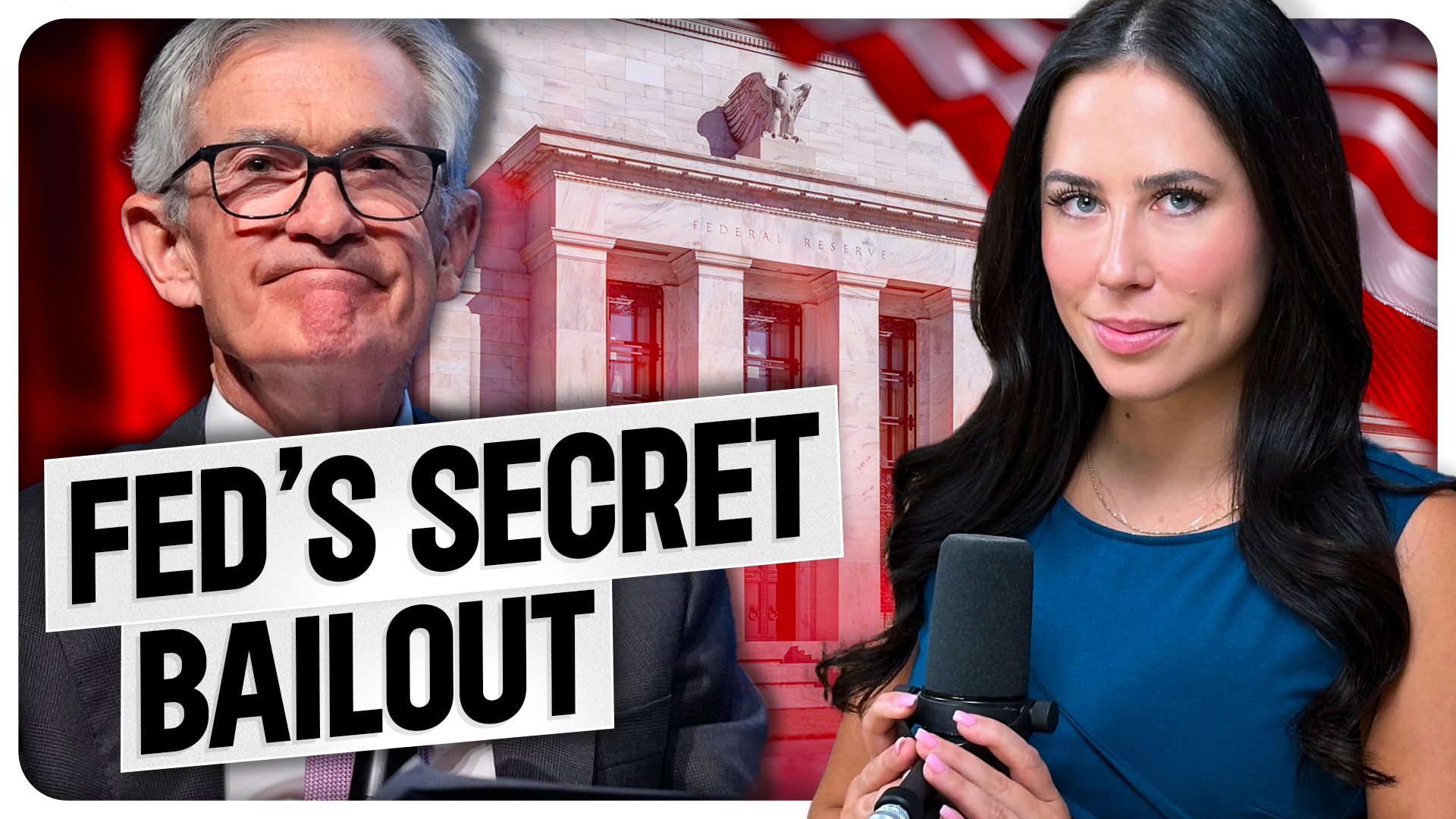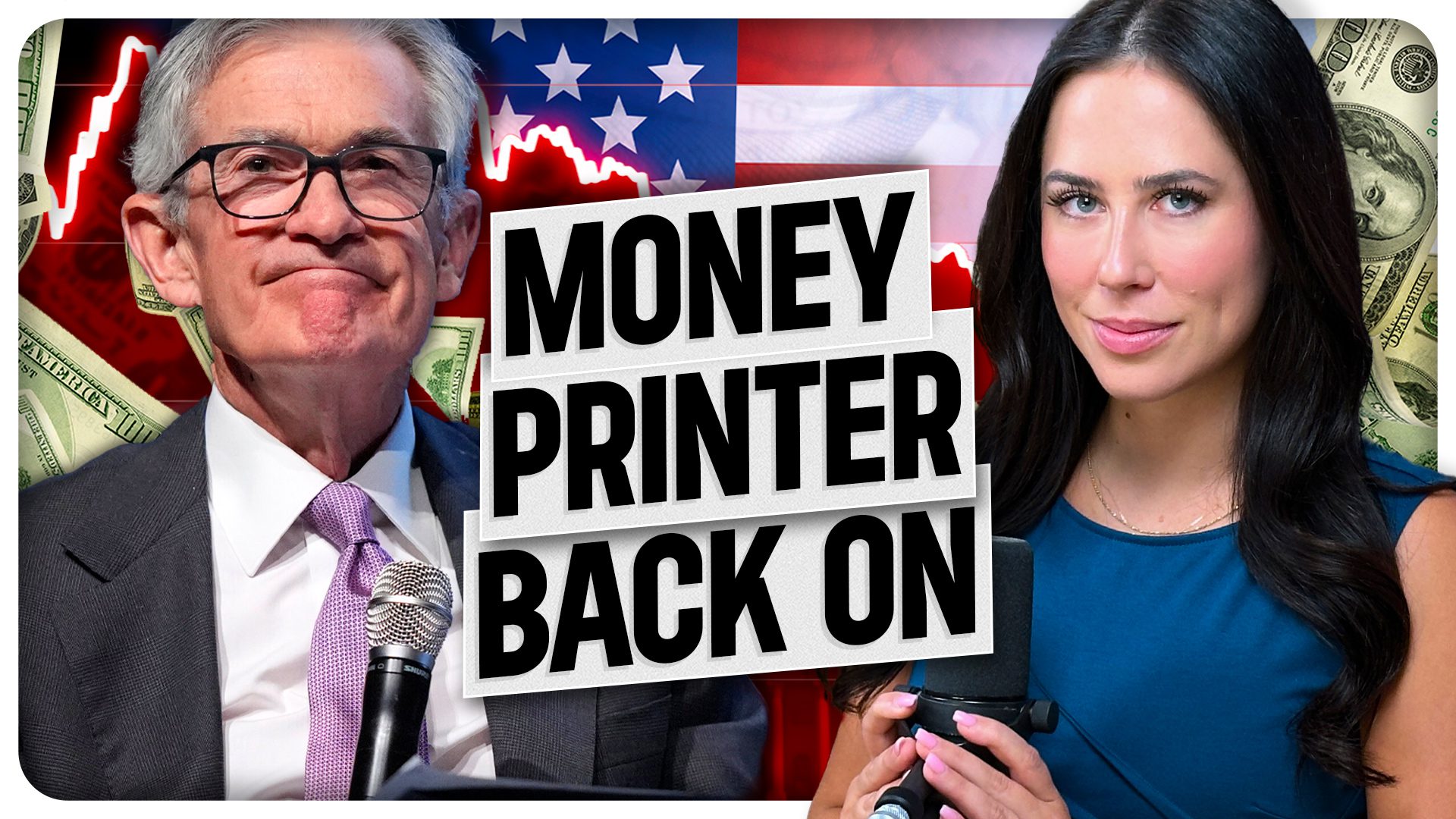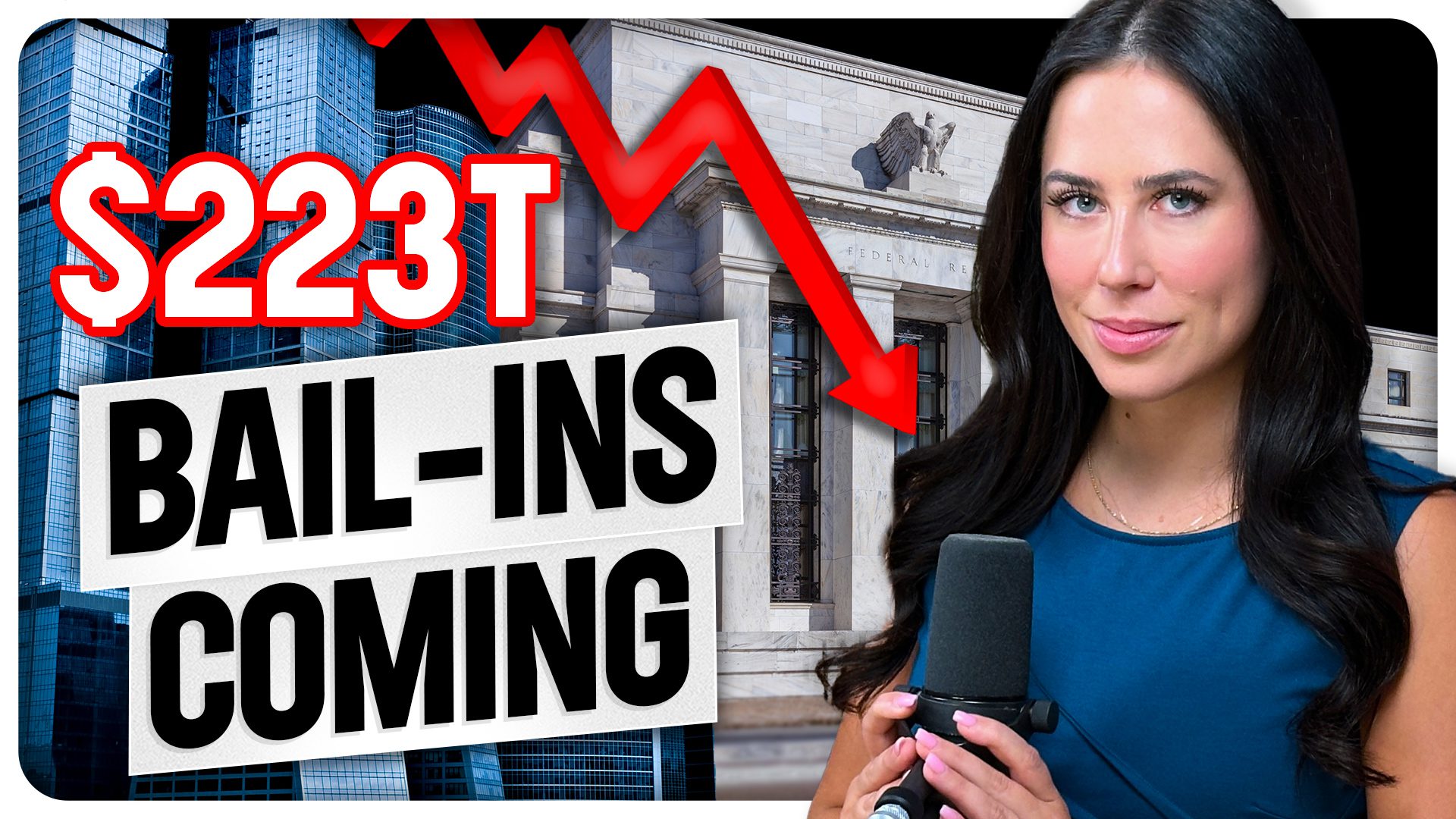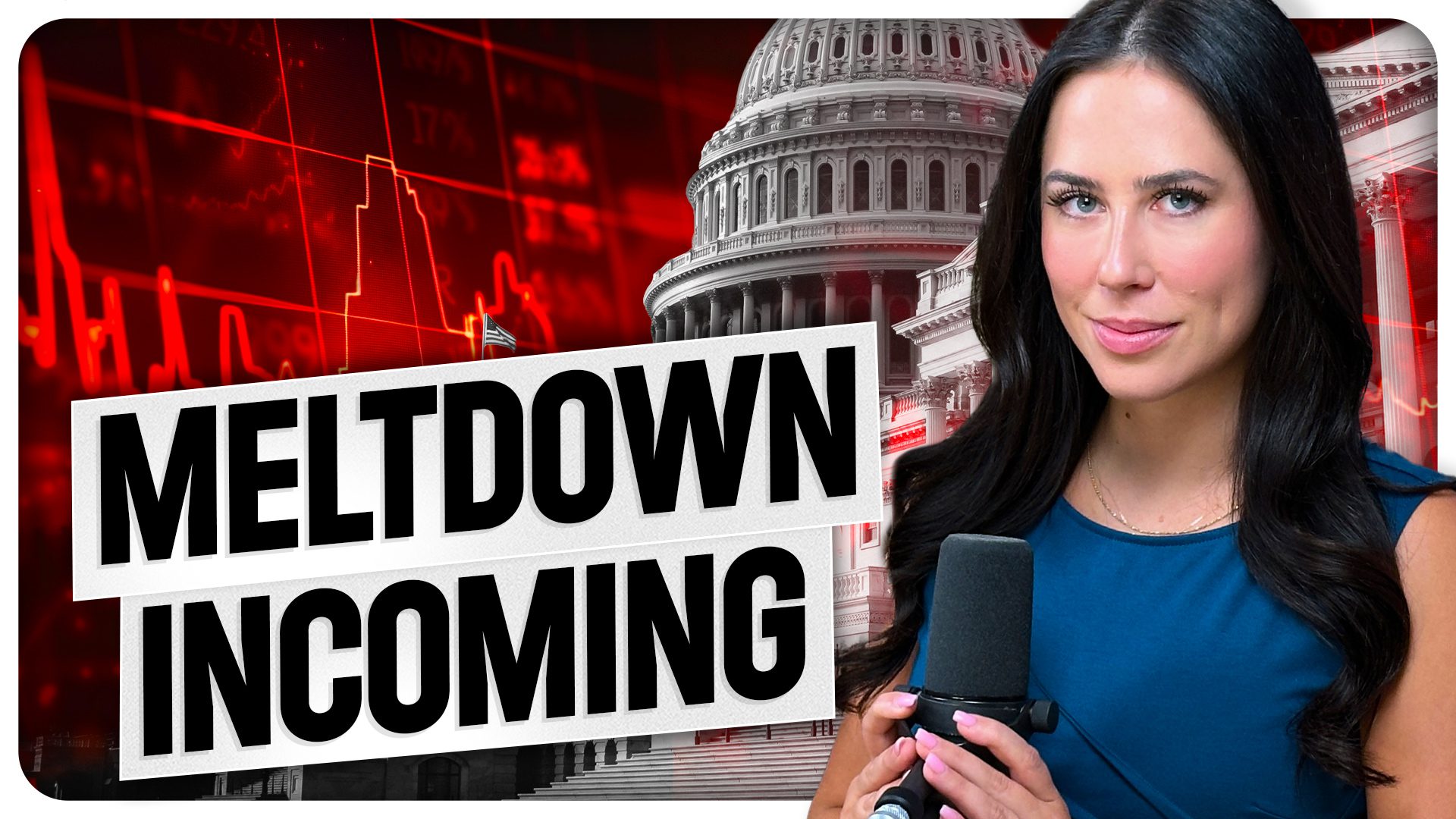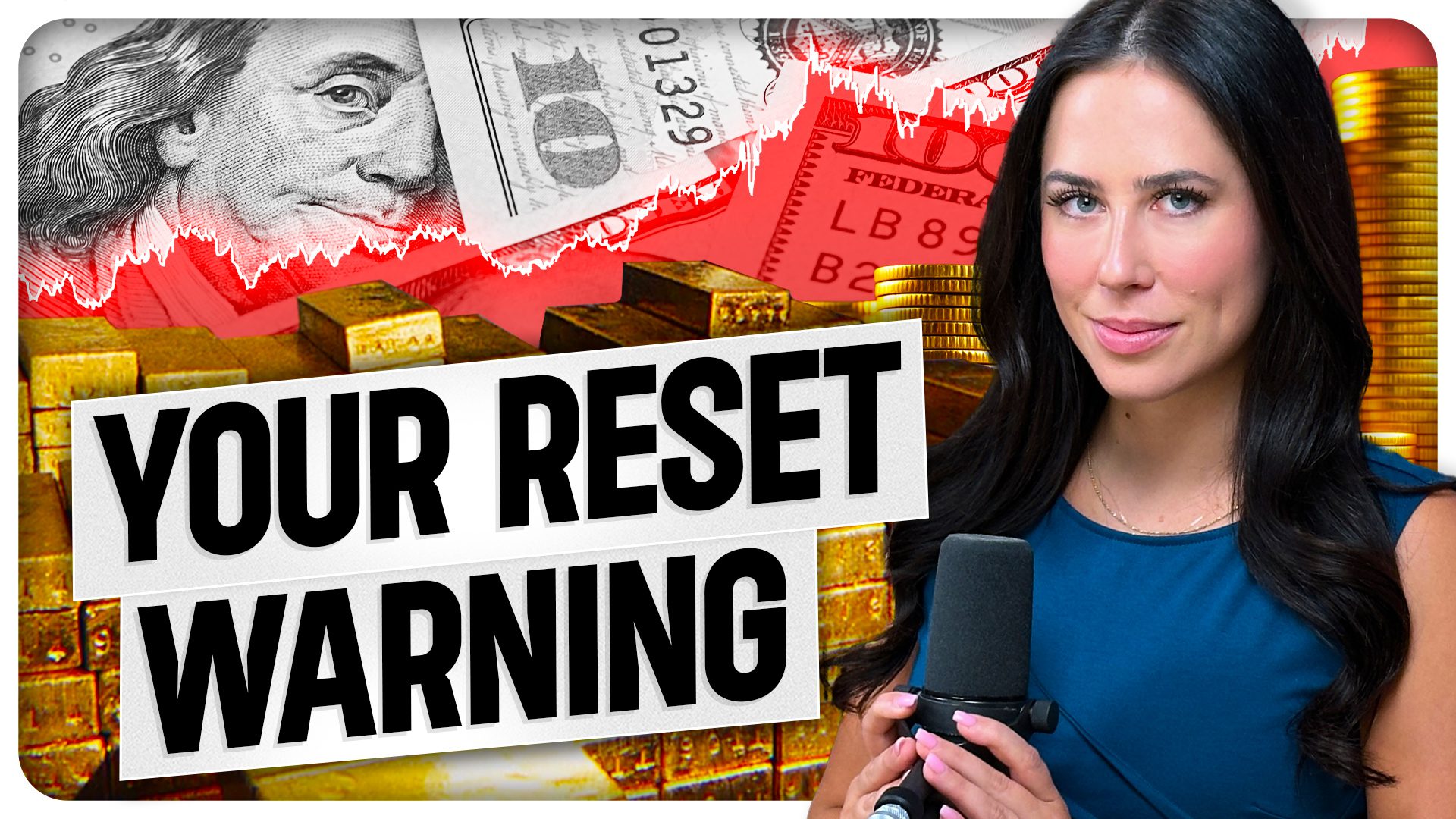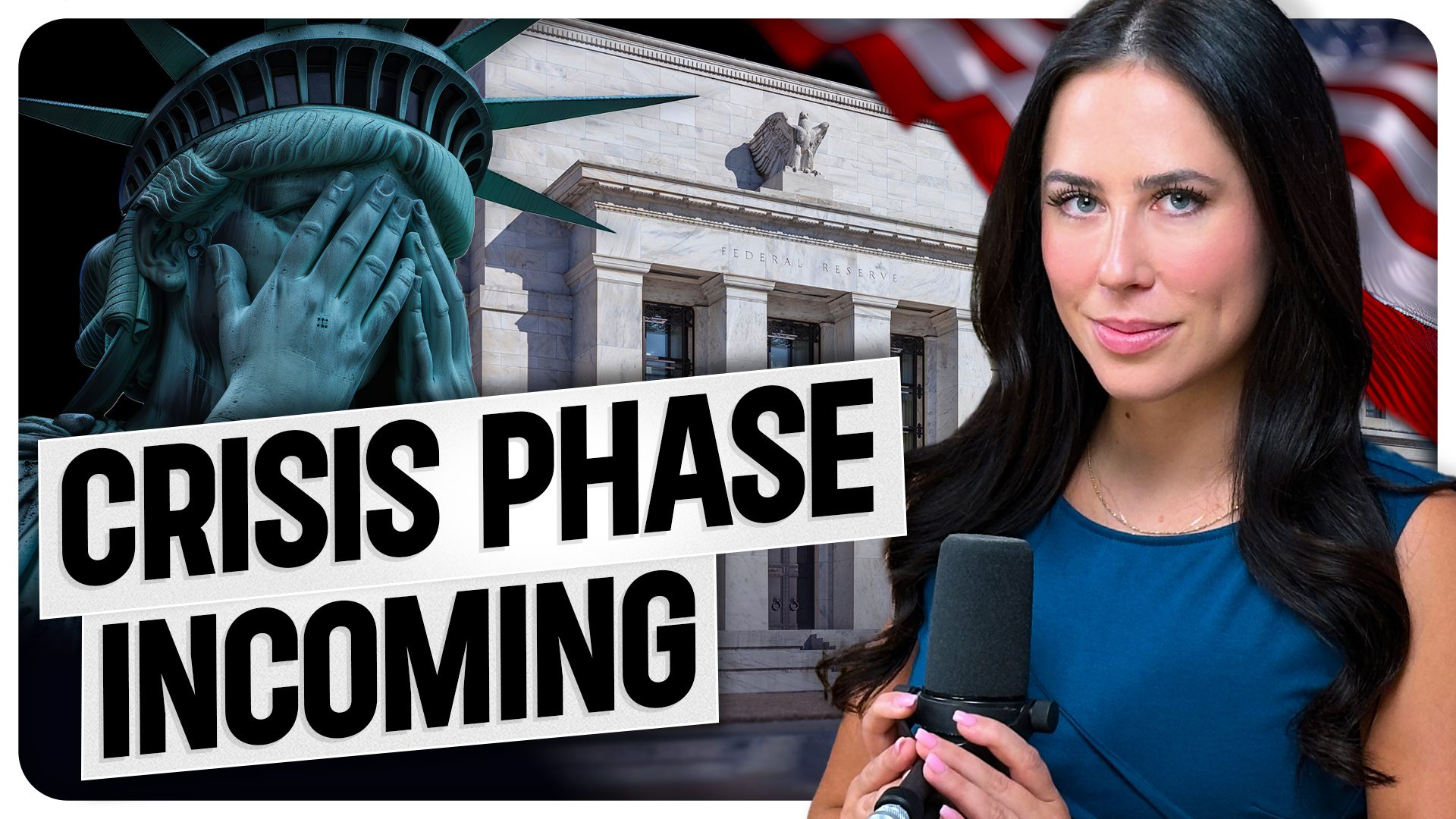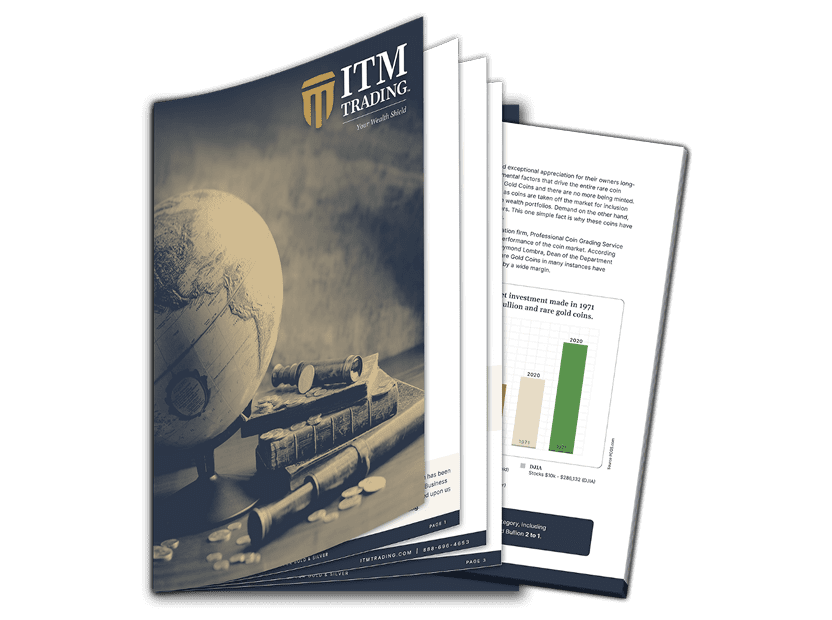FDIC: Bank Deposit Risk Grows as $482B in Losses Threaten Stability
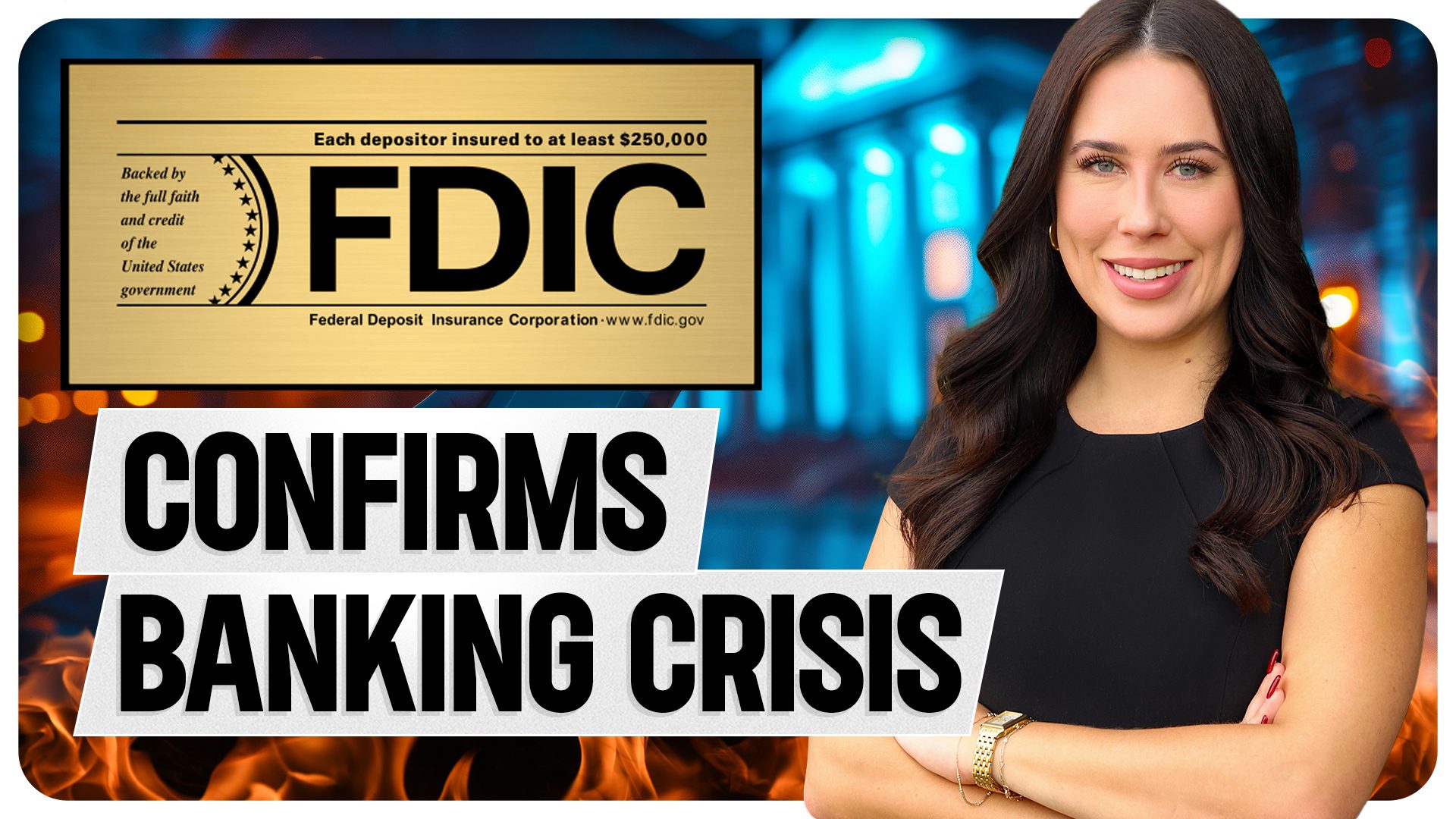
While most people trust the system, the biggest banks aren’t taking any chances. They’re stockpiling gold, preparing for something major. They know that when confidence in the dollar crumbles, physical assets will be the only real store of wealth. When the next trigger event happens, it won’t be a slow decline—it’ll be a sudden financial shock. Are you prepared for what’s coming?
The FDIC, Unrealized Losses, and the Hidden Risks to Your Wealth
In times of economic uncertainty, Americans turn to banks expecting their money to be safe. After all, that’s why the FDIC exists, right? But what happens when the very system meant to ensure financial stability is sitting on a ticking time bomb of unrealized losses?
The Illusion of Bank Safety
The Federal Deposit Insurance Corporation (FDIC) was created in 1933 after bank failures wiped out savings during the Great Depression. But fast forward to today, and the FDIC is facing a new challenge—one that could leave depositors dangerously exposed.
According to a recent report, U.S. banks added $118 billion in unrealized losses in Q4 of 2024 alone, bringing the total to nearly half a trillion dollars. To put that into perspective, this is 10 times the amount of unrealized losses banks held during the 2008 financial crisis.
What Are Unrealized Losses and Why Should You Care?
Unrealized losses occur when an asset’s market value drops, but it hasn’t been sold yet. Think of it like buying a house for $500,000—if the market crashes and the house is now worth $300,000, you haven’t lost money unless you sell. But if you’re forced to sell? That loss becomes very real, very fast.
That’s exactly what happened to Silicon Valley Bank (SVB). On the surface, SVB appeared stable, but it was hiding massive unrealized losses. When liquidity dried up, it was forced to sell assets at a loss, triggering a bank run and collapse.
Now, apply that same scenario to the entire banking system. What happens if multiple banks face liquidity issues and are forced to sell at a loss? The system could unravel quickly, leaving depositors scrambling.
How Safe Is Your Money?
Most Americans believe that the FDIC has enough reserves to cover bank failures. However, the truth is that the FDIC’s Deposit Insurance Fund covers only 1.25% of total insured deposits. That means if a major bank—or several smaller ones—collapse, the insurance meant to protect depositors won’t be nearly enough to cover the fallout.
Worse yet, the FDIC’s official “problem bank list” is notoriously inaccurate. It only identifies 1.5% of U.S. banks as high-risk, yet many of the recent bank failures weren’t even flagged before they collapsed.
A System Built on Instability
If that weren’t enough cause for concern, let’s talk about derivatives—complex financial contracts that legendary investor Warren Buffett once called “financial weapons of mass destruction.”
Today, the global derivative market holds an estimated quadrillion-dollar exposure. This means that if even a small portion of underlying assets deteriorate—similar to the 2008 subprime mortgage crisis—it could bring the system to its knees.
What Happens Next?
A few key scenarios could unfold:
- A Crisis Trigger Leads to Liquidity Shortages
Geopolitical tensions, stock market volatility, or economic instability could force banks to sell at a loss, turning unrealized losses into very real ones. - Massive Inflation and a Banking Bail-In
To stabilize the system, the Federal Reserve could resort to printing more money, triggering inflation that devalues your savings. Alternatively, we could see bank bail-ins, where depositors’ funds are seized to cover banking losses—something we’ve already seen happen in Cyprus and Lebanon. - A Currency Reset
Central banks and financial institutions are already stockpiling gold, preparing for what could be a dramatic shift in the global monetary system. Those holding only paper assets—cash, stocks, bonds—could see their wealth erode, while those holding physical gold and silver retain their purchasing power.
How to Protect Yourself Before It’s Too Late
The writing is on the wall. The financial system is more fragile than most realize, and waiting until a crisis unfolds isn’t a strategy—it’s a gamble. That’s why we at ITM Trading advocate for financial preparedness through physical gold and silver.
Unlike fiat currency, gold and silver are outside of the banking system. They can’t be frozen, seized, or inflated away. This is exactly why banks themselves are accumulating gold—they see what’s coming.
THINKING ABOUT PURCHASING GOLD & SILVER? Get expert guidance from our team of analysts with 28+ years of experience. Schedule a free Q&A 👉 SCHEDULE YOUR CALL HERE or call 866-351-4219.
“The ITM team offers something unique—direct, personal guidance. What stood out to me right away was that they weren’t just focused on making a sale. Instead, they took the time to build my understanding of the function and value of precious metals.” — Gary P. [Verified Google Review]
